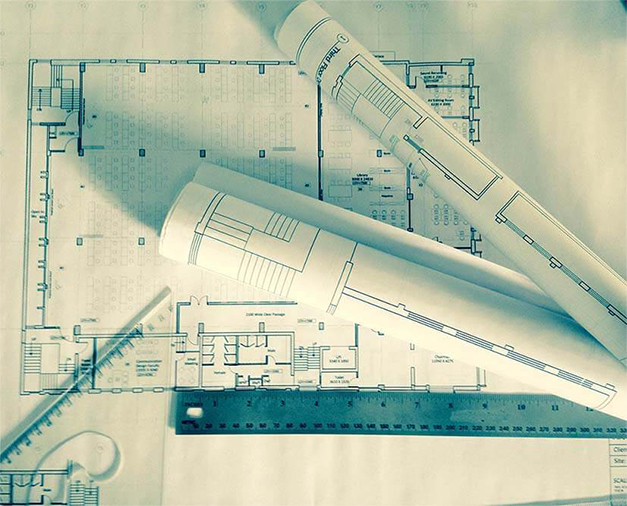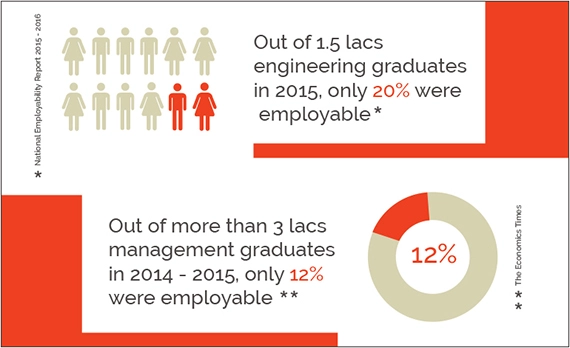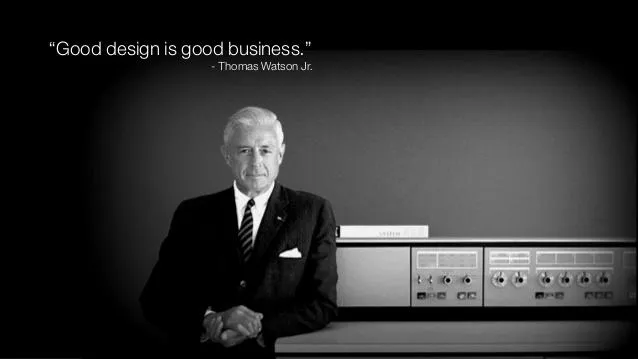Overview
Imagine a luxury car marketing campaign without a single car! That's exactly how Jaguar surprised the automobile world by replacing their coveted cars with neon-clad models in a digital-first rebellion that drew 160 million views.
Let's explore this daring action: transforming from a British luxury classic to an electric powerhouse with over £100,000 vehicles by 2025. But, as traditionalists grumble and social media buzzes, one question remains: Can you sell ultra-luxury cars without showing them?
Table of contents
- The Reimagined Jaguar
- 160M Views, Zero Cars: Inside Jaguar's Viral Marketing Storm
- The Push Beyond Traditional Auto Marketing
- Analysing Jaguar's New Design Language
- What Other Luxury Brands Got Right
- Market Impact: Navigating Post-Rebrand Challenges
- A Bold Leap or a Bridge Too Far?
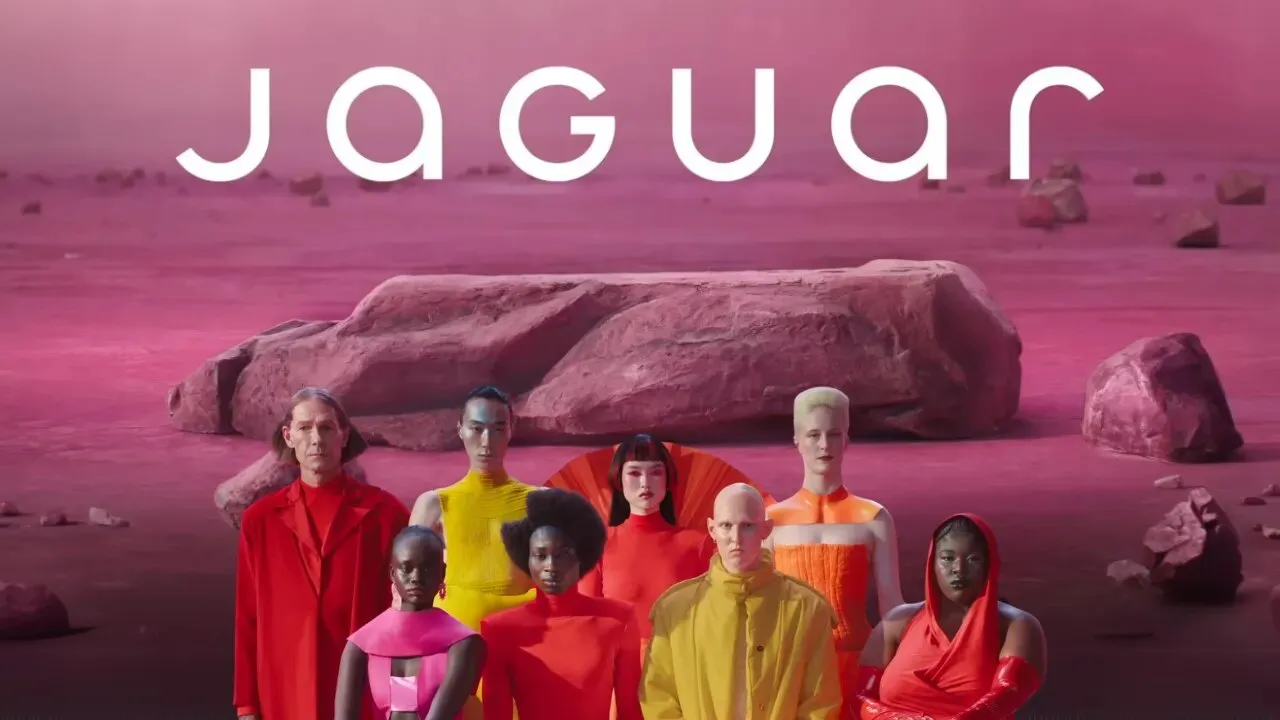
The Reimagined Jaguar
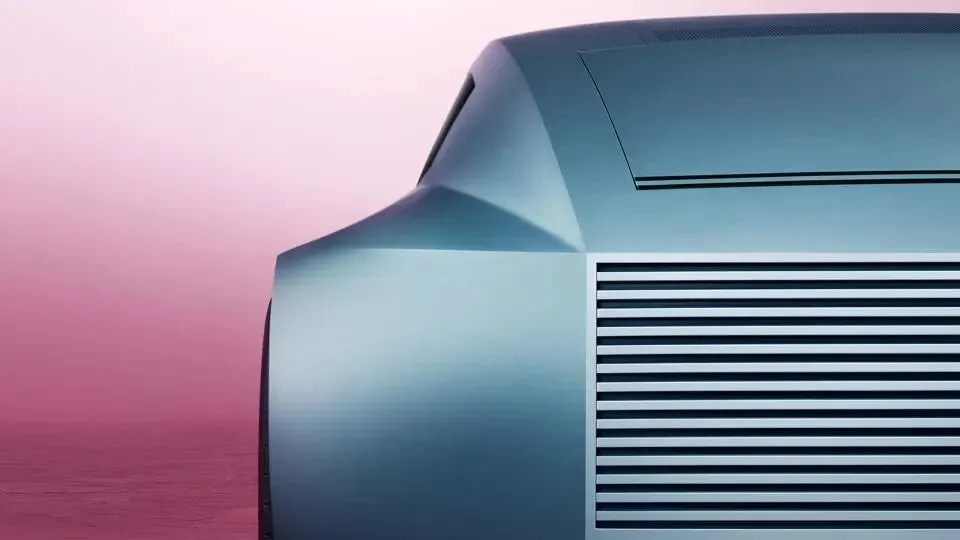
Few names in the luxury automobile industry carry the weight of legacy, and for ninety years Jaguar has been synonymous with British automotive brilliance. Even today, the leaping cat stands out in this sector for their innovative designs, uber-luxurious features and status symbol.
Recently, the brand has been creating commotion through its complete rebranding strategy, sending shockwaves across the industry. Their dramatic redesign defies conventional wisdom about luxury brand marketing.
The question is: Has the big cat lost its roar, or is this the beginning of a new age in automotive branding?
160M Views, Zero Cars: Inside Jaguar's Viral Marketing Storm
Jaguar's recent marketing efforts hit social media like a storm. Their new strategy garnered 160 million views, which sounds like a successful brand campaign. But, let's unveil what's behind the scenes.
The conversation on these platforms revolves around their eccentric use of representing their dominance in the industry by using models in vibrant techno-inspired outfits against abstract backgrounds, replacing the gleaming vehicles and purring engines. This approach aligns with a luxury fashion brand. But, what relevance does it hold for the status symbol of the ultra-rich?
What was most notably missing in the advertisement was a Jaguar car! Or any trace of an actual automobile. This noticeably attracts fundamentally challenging questions about the brand's presence, with Elon Musk's pressing question to the brand, "Do you sell cars?".
The Push Beyond Traditional Auto Marketing
When considering Jaguar's approach, many viewers may overlook the intentionality behind their disruptive strategy. Rawdon Glover, Jaguar's Managing Director, provides a detailed explanation: "If we operate the same way as everyone else, we'll simply be overshadowed. Therefore, we shouldn't present ourselves like a typical auto brand."
This statement highlights important insights into the strategy being implemented. The rebranding is not merely about updating a logo or launching a flashy campaign, with plans to introduce new electric models priced above £100,000—more than double their current price points—the brand is striving to elevate itself from a premium automotive brand and introduce their pledge to becoming all-electric by 2025. It calls for not just new powertrains but also a new brand story.
Analysing Jaguar's New Design Language
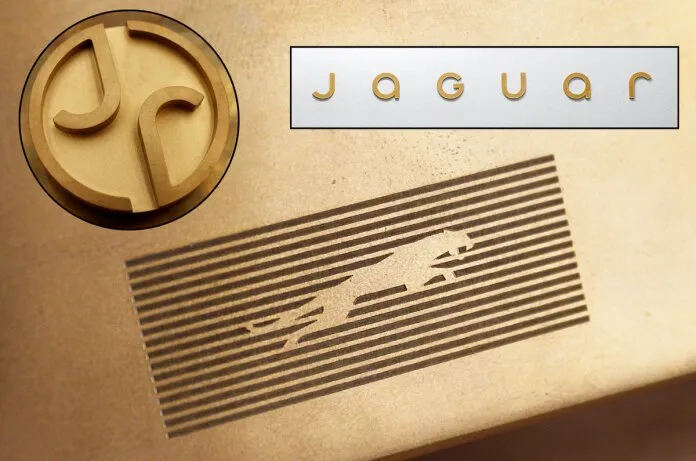
Although the new visual identity may thrive in the digital environment, attracting millions of views and sparking debates, it risks undermining the luxury titan's traditional palpable and physical presence.
The minimalist aesthetic (while in trend) could easily blend into a crowd of similar brands that are all embracing the same digital-first design philosophy.
The new visual identity uses several elements that signify this shift:
Colour Psychology:
The vivid and bright colour palette differs significantly from typical luxury automobile colour schemes, which often include shiny silvers and deep blacks.
Typography and Form:
The new double-J logo and typography follow contemporary design, with clean lines and precision in design. This simple style is consistent premium branding, although it may compromise some of the emotional resonance connected with the iconic jumping cat logo.
Centred around people:
By emphasising people over cars, Jaguar hopes to move the attention away from car specifications and towards lifestyle and identity.
What Other Luxury Brands Got Right
What's most striking about this branding is the premise that legacy and innovation are mutually exclusive choices in the automotive industry. This is a challenging perspective in the luxury industry, where the brand's history is often cited as a major distinction.
Brands such as Mercedes-Benz and BMW have managed to modernise while maintaining strong visual ties to their origins. Coley Porter Bell's James Ramsden summarises this effectively: "This new work is striking, colourful, inclusive, and dramatic; however, it's a shame they moved away from some of the iconic, beloved, and beautiful elements that have been part of the brand's DNA for generations."
Market Impact: Navigating Post-Rebrand Challenges
This rebrand signifies much more than just a new chapter for Jaguar; it serves as a reflection of the challenges that legacy brands encounter in a digital-first world.
The timing of this rebrand is fascinating given recent cautionary tales in brand marketing. The Bud Light controversy and Apple's pulled iPad advertisement demonstrate the delicate balance brands must strike between innovation and audience expectations. These examples suggest that while brands must evolve, they must do so with a deep understanding of their core audience's values and attachments.
These challenges include balancing heritage with innovation, appealing to digital audiences while maintaining a physical presence, and navigating the fine line between provocation and alienation.
Many established brands are expected to grapple with these issues in the coming years. The true measure of this rebrand will not be found in social media impressions or industry commentary. Instead, it will depend on its ability to:
- Attract a new generation of luxury consumers
- Command higher price points in the market
- Successfully transition to an electric future
- Sustain enough brand equity to justify its premium positioning
A Bold Leap or a Bridge Too Far?
Jaguar's rebranding can be interpreted as either exceptionally insightful or catastrophically naive, and the true impact of this exercise could take years to reveal.
The success of this strategy depends on Jaguar's ability to transform its striking visual brand into a compelling product experience that supports its elevated market position. In the meantime, the brand has undoubtedly achieved one of its objectives: differentiation from the competitors.
This rebrand proves to be a valuable lesson in visual communication and brand building. Jaguar's transformation offers valuable lessons about the risks and opportunities associated with radical rebranding. It serves as a reminder that, in the pursuit of relevance, brands must carefully balance their heritage with the demands of the future.
The key question is not whether brands should evolve, but rather how they can do so while preserving the essence that originally made them special.
Explore more
Did this article on visual communication interest you? Explore our curated collection of related design insights and innovations:
- Explore the author’s article on 5 Fashion Design Colleges in Delhi To Consider in 2025.
- Check out: Immersive Design: The Next Big Thing in Visual Communication to understand the future of interactive visual experiences.
- Are you looking to start a design profession or improve your current skills? Explore IIAD's industry programmes in Communication Design.


